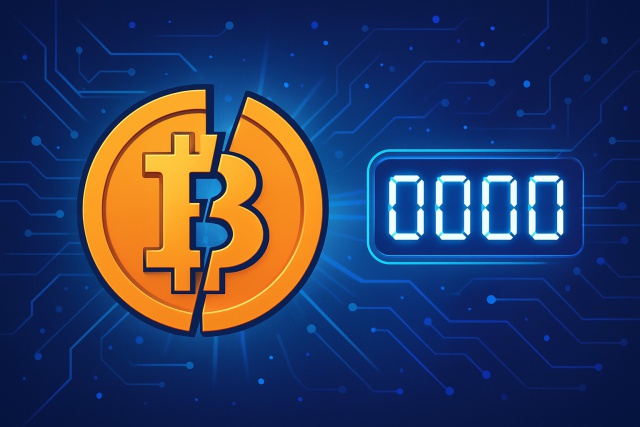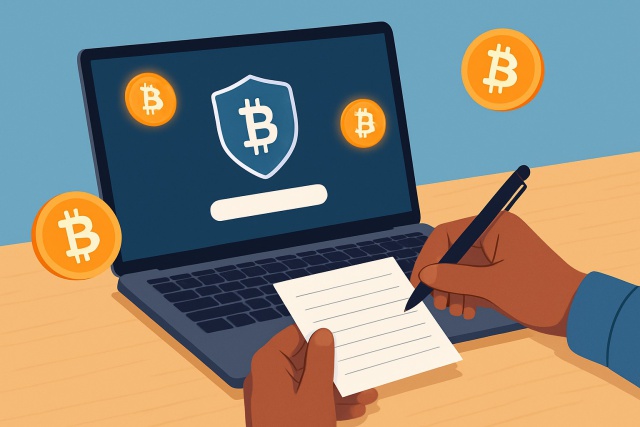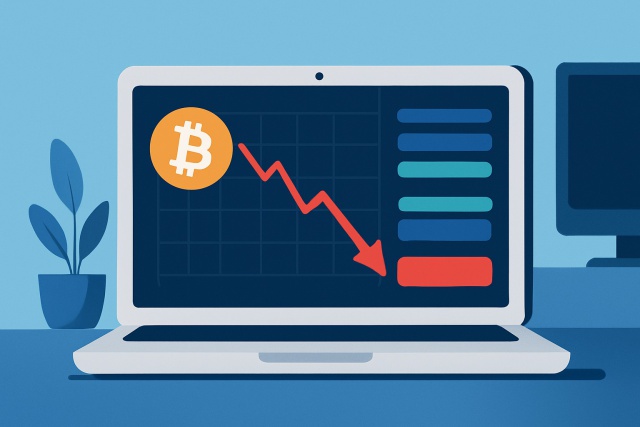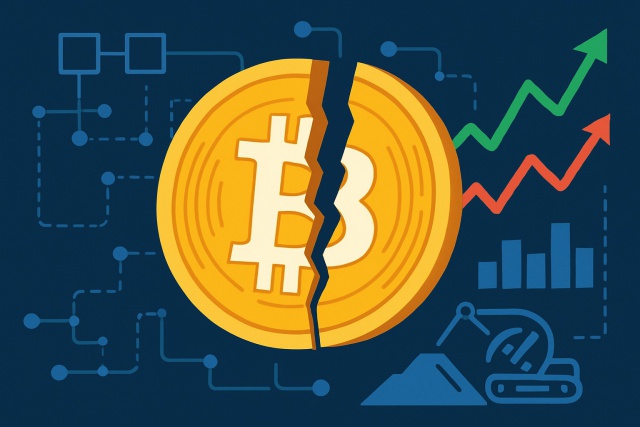Understanding Mempool and Its Role in Bitcoin

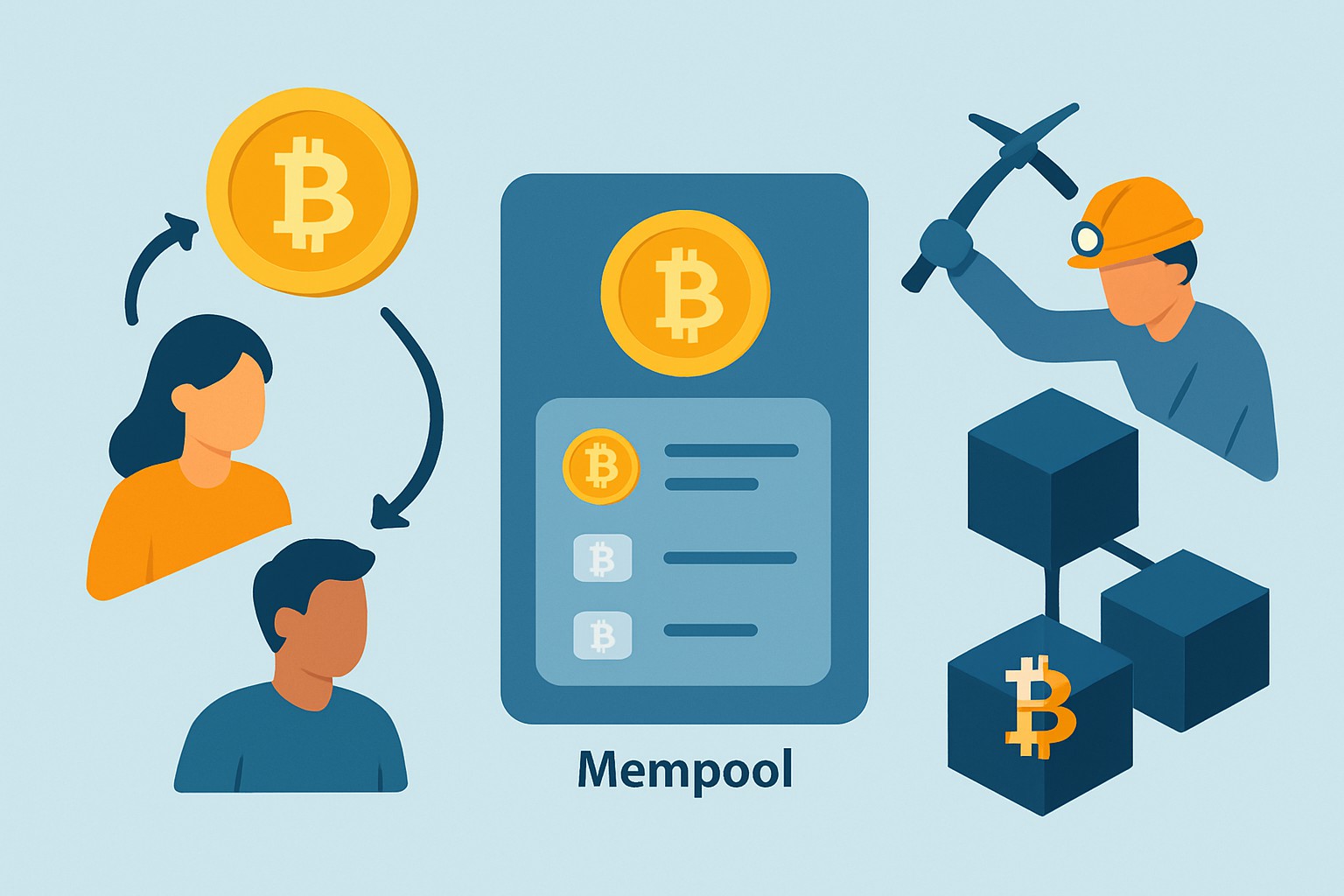
Bitcoin transactions involve a bunch of complex steps that tend to throw newcomers for a loop. One vital piece of this puzzle is the mempool, quietly working behind the scenes to keep transaction management and confirmation running smoothly.
What’s Really Going on with the Mempool?
The mempool, short for memory pool, acts as a waiting room for Bitcoin transactions after they are broadcast to the network but before they get confirmed in a blockchain block.
Think of the mempool like a line at a concert ticket booth. Each person standing there and tapping their foot or checking their phone represents a pending transaction waiting their turn to be processed.
How Transactions Find Their Way into the Mempool (and Why It Matters)
A Bitcoin transaction starts in a user's wallet. Once it’s created and signed like a digital autograph, it gets sent to the Bitcoin network where nodes grab it and process it. First, it must pass basic validity tests such as having the right signatures and ensuring it is not spending the same coins twice.
A user kicks off a transaction in their Bitcoin wallet by picking the inputs, outputs and the fees they want to include.
The transaction gets signed with cryptography proving they truly own those inputs—kind of like a digital autograph.
Once signed, the transaction is sent out to the network nodes that the wallet is connected to and set into motion.
These nodes jump into action running some initial checks: verifying the signatures, checking that the funds haven’t already been spent and making sure everything sticks to the protocol rules.
If it looks good, the transaction lands in the node’s mempool where it gets shared with other nodes across the network, waiting its turn to be confirmed.
Understanding How the Mempool Actually Works (and Why It Matters More Than You Think)
Each Bitcoin node keeps its own mempool, which is basically a running list of all the unconfirmed transactions it has caught wind of. These transactions do not stay around forever. Nodes typically make important those with higher fees because miners want to earn the best rewards by confirming the most profitable transactions first.
- Transactions that come with higher fees usually get picked up faster because miners are naturally aiming to increase their earnings.
- Nodes act as referees making sure every transaction follows the rules. If one doesn’t pass muster or conflicts with others, it might get rejected.
- Mempools have limited capacity so when they are full, slower-paying transactions often get dropped to make room for those willing to pay more.
- Wallets can try to resend dropped transactions but this sometimes means you will need to be patient as delays occur.
- Nodes work hard to keep their mempools in sync with their peers aiming for consistency, although some differences between nodes are normal.

Why the Mempool Really Matters for Bitcoin Users
Understanding the mempool really matters for Bitcoin users since it has a direct say in how quickly transactions get confirmed and what fees you might want to consider. When the mempool gets packed with a bunch of pending transactions, individuals usually find themselves paying higher fees to jump the queue and avoid those frustrating long waits. Keeping an eye on the mempool’s current status is a handy trick that helps users pick fee amounts that strike a decent balance between cost and confirmation speed.
Many people often assume that unconfirmed transactions chilling in the mempool are simply lost or tossed aside. These transactions keep hanging around, circulating until they either get the green light or disappear after sitting idle for quite a while.
Transactions in the mempool are a bit like waiting in line at the grocery store checkout. You’re definitely not forgotten, but just when it’ll be your turn depends on how jam-packed the line is and, of course, how much you’re willing to tip for speedy service.
Understanding the Role of Miners in Creating Blocks A Closer Look
Miners pick transactions from the mempool by zeroing in on those with higher fees per byte, hoping to squeeze the most profit out of each block while not exceeding the roughly 4 million weight unit size cap.
| Network Congestion Level | Typical Transaction Fee Rate (satoshis/byte) | Average Confirmation Time (minutes) | Approximate Mempool Size (MB) |
|---|---|---|---|
| Low | 1-5 | 10-20 | < 10 |
| Moderate | 5-15 | 20-60 | 10-100 |
| High | 15-50+ | 60+ | 100+ |
Note: Confirmation times can be a bit of a moving target, depending on how much fee you toss in, what’s cooking on the network, and the whims of the miners.
Clever Ways for Users to Tap into the Mempool
Bitcoin users often watch the mempool by turning to popular block explorers that show pending transactions and give a good idea of current fees. When it’s time to send transactions, they can choose the right fee with real-time info to avoid frustrating delays. If a transaction gets stuck in limbo, features like Replace-by-Fee come to the rescue by letting users bump the fee and try again.
- Take a peek at blockchain explorers like Mempool.space or Blockstream.info to catch the mempool activity and grab real-time fee estimates that truly reflect the current network hustle.
- Rely on your wallet’s fee estimation tools because they usually do a pretty good job suggesting the best fees based on how crowded the network is at the moment.
- Turn on Replace-by-Fee (RBF) in your wallet so you are not stuck holding the bag when transactions slow down. This feature lets you increase fees and speed things up.
- Try Child-Pays-for-Parent (CPFP) by creating linked transactions that nudge miners to pick up older, lingering ones.
- Always send your transactions through trustworthy nodes or services because that helps them spread quickly and prevents annoying delays or sudden drops.
Frequently Asked Questions About the Mempool
Let’s dive into some of the questions people often have about the mempool where all the Bitcoin transactions hang out before getting their big moment on the blockchain stage.
Frequently Asked Questions
How long can a transaction stay in the mempool before it is dropped?
On most nodes transactions can hang out in the mempool for up to 14 days (336 hours) though this depends on the node’s settings. If a transaction doesn’t get confirmed within that window it usually gets dropped and the funds bounce back to the sender’s wallet like nothing happened. Rebroadcasting or bumping up the fee can often save the day.
Why does my transaction sometimes take hours to confirm?
Delays mostly happen when the mempool is jam-packed with pending transactions and your fee isn’t enough to jump the queue. Miners pick transactions that pay higher fees first so during busy spells low-fee transactions get stuck waiting. Checking the mempool status and tweaking your fees can really move things along.
Can I cancel or modify a transaction stuck in the mempool?
Yes, if your wallet supports Replace-by-Fee (RBF) you can resend the same transaction with a higher fee to speed things up. Another trick is Child-Pays-for-Parent (CPFP) where you create a new transaction with the same inputs but a bigger fee to entice miners into confirming both transactions together.
Is the mempool the same across all Bitcoin nodes?
No every node keeps its own mempool and these can differ due to propagation delays, network links, or individual node settings. Most nodes stay well in sync so any differences are usually minor and don’t last long.
How do I know what fee to set for a timely confirmation?
It’s smart to consult real-time mempool data from blockchain explorers like Mempool.space or your wallet’s fee estimator. These tools look at current network traffic and suggest fees based on how soon you want confirmation—say within 1 block or 6 blocks. Paying a bit more during busy times usually means a faster thumbs-up from miners.
What happens if my transaction is dropped from the mempool?
If your transaction expires without confirmation the network treats it as invalid and the funds stay in your wallet. You can rebroadcast it with a higher fee or start fresh with a new transaction. Many wallets handle this automatically so you might not have to do anything.
Start Your Crypto Journey with Coinbase Today
Ready to enter the cryptocurrency market but unsure where to begin? Coinbase makes buying, selling, and storing digital assets simple and secure for beginners and experts alike.




